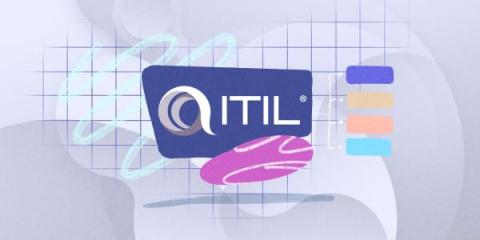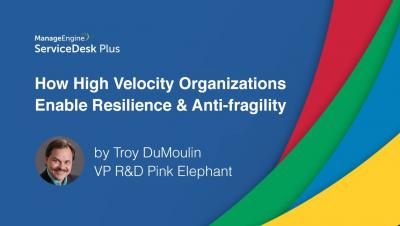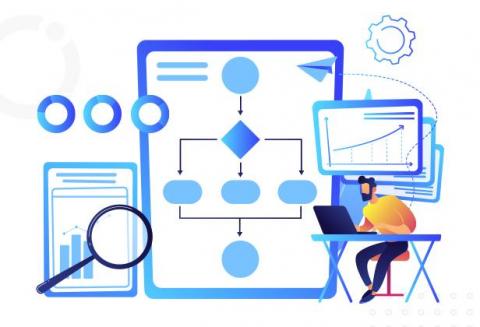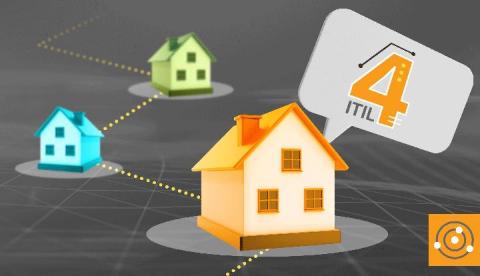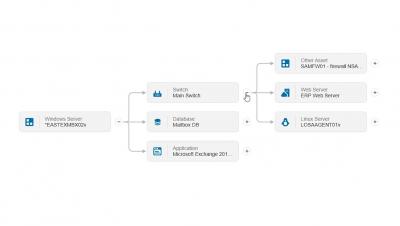5 Steps to Creating an ITIL Maintenance Plan
It was Einstein who once said “the secret to creativity is knowing how to hide your sources.” The world of IT isn’t exactly known for being a creator’s paradise but navigating obstacles within problem management or incident management may take creative solutions. Regardless, it helps to borrow ideas, or in this case systems. One such popular system in IT service management is ITIL.



